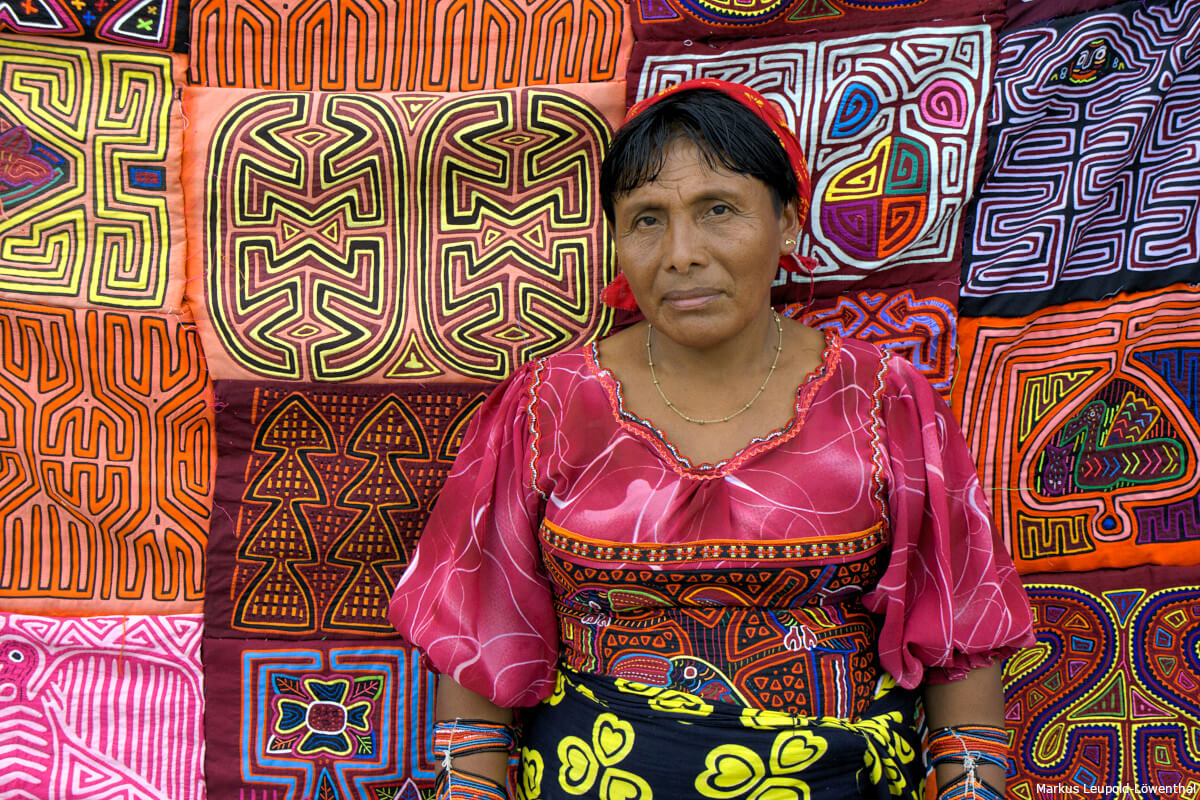Discover ancient customs adapted to modern life in Central America.
Discover an indigenous paradise in Panama’s Guna Yala. It is a constellation of 368 white-sand fringed islets dotted with thatched huts where the Guna people practice their ancestral traditions. Men still fish, hunt, and farm, while women make handicrafts of intricate design called molas just as they have for centuries. The mola tradition began as bodypainting in the pre-Spanish colonization era. After contact with missionaries, the Guna began to incorporate mola designs into appliqué clothing painstakingly stitched together with tiny needles. The process and clothing were such a sacred part of their tradition that when the Panamanian government attempted to modernize the Guna in the early 20th century by banning traditional clothing, the Guna revolted and in 1925, the government granted the islands sovereignty. Today, the decorative mola are still worn by women and sometimes sold to travelers. You’ll find the Guna have natural gender equality in their society that has existed for centuries, and the most important celebrations on the island are held to honor women. Their lives are somewhat adapted to the modern world in that they warmly welcome outsiders curious about their traditions.
In Colombia, venture to the village of Tuchín to meet the indigenous Zenú people. For hundreds of years, these artisans have woven the traditional sombrero vueltiao from coastal cane that is sun dried and then dyed with black mud. Considered the national symbol of Colombia, these hats are coveted by knowledgeable travelers for their sun-blocking and shape resilience. Learn how the Zenú have begun irrigating cane fields to increase production while fighting against cheap overseas knock-offs passed off as originals in local markets. The hats are in great demand, and you’ll have a chance to purchase an authentic sombrero vueltiao—a souvenir and a symbol of sustainable craftsmanship.



